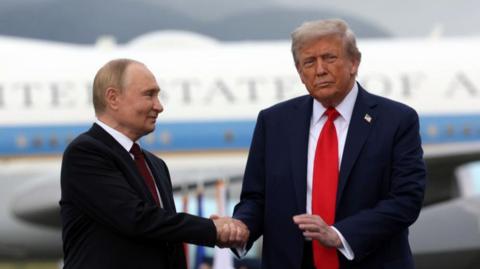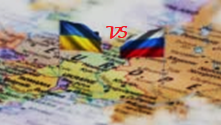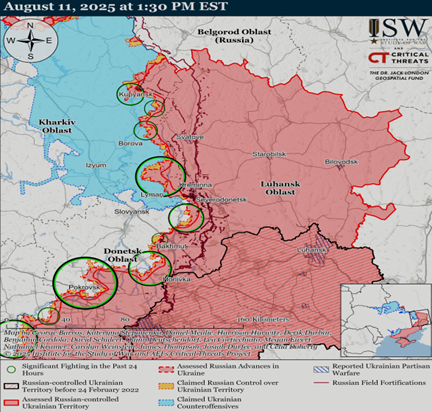
| Speaking to reporters on Aug. 20, after returning from Washington, and referring to the security guarantees that a large number of countries, including China, gave to Ukraine in exchange for giving up its nuclear arsenal and disarming itself of all heavy military equipment, Zelensky said: "...we do not need guarantors who do not help Ukraine and did not help Ukraine at a time when we really needed it after February 24, [2022].” |

Kyiv, Aug.21.– Ukraine and its European allies have been buoyed by Donald Trump's promise of security guarantees for Kyiv to help end the war in Ukraine, but face many unanswered questions, including how willing Russia will be to play ball.
Ukrainian President Volodymyr Zelenskiy hailed Monday's extraordinary summit at the White House with the US president as a "major step forward" towards ending Europe's deadliest conflict in 80 years and towards setting up a trilateral meeting with Russia's Vladimir Putin and Trump in the coming weeks.
- Hits: 161


 proclaims a "Black Tuesday" for the Ukrainian armed forces in view of their demonstrated inability to seize the initiative at the junction of the Pokrovsky and Konstantinovsky directions.
proclaims a "Black Tuesday" for the Ukrainian armed forces in view of their demonstrated inability to seize the initiative at the junction of the Pokrovsky and Konstantinovsky directions.